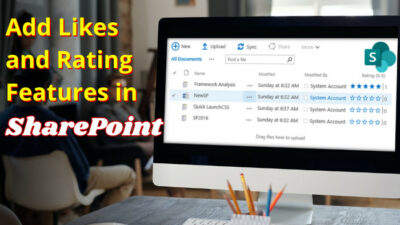Microsoft Teams gained over 268 million users in just 5 years. What makes it so popular is its vast features. Its ability to do what Discord, Slack, or Zoom does but better and then some.
But Teams doesn’t stop there; it has the capability to turn your computer into a cell phone.
Huh, that sounds degrading. Let’s say it adds a cell phone to your computer. Yup, That’s better. 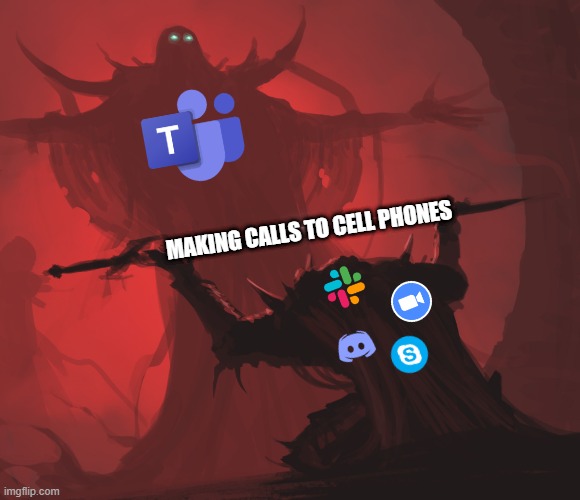
In this article, I’ve described how to use the call feature in Microsoft Teams and explained the problems you could face when making a call.
Here’s a complete guide on Microsoft Teams See Myself During Calls
Can Microsoft Teams Call a Cell Phone?
Yes, you can. If you purchase a calling plan, Microsoft Teams lets you make phone calls using a dial pad or a contact list. You can also receive calls; there is a call history and a voicemail system as well. Basically, all the features of a cell phone. 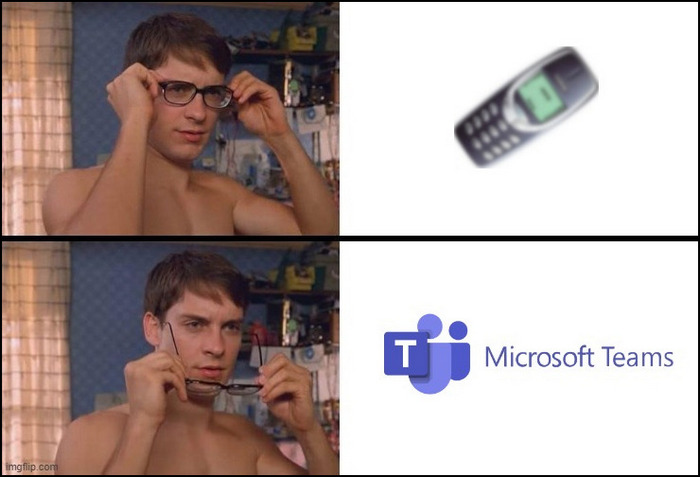
Using the Teams call feature, you don’t have to be in the company to use the company phone number.
It makes the landline portable. You don’t need to be tied to the phone at your desk in order to talk to a customer anymore.
This feature is not restricted to one caller; we can make calls with multiple people, and we can move seamlessly from chatting to calling to meetings using Teams.
Follow our guide on Microsoft Teams Lock Files
How to Make Phone Calls on Teams?
Making phone calls on Teams is as simple as using an ordinary cell phone. Using Teams, you can call others by dialing their phone numbers. You can also make a contact list and call people from there. Multiple people can use the same phone number with the help of Teams.
Here’s how to make phone calls on Microsoft Teams:
Using Dialpad
- Launch Microsoft Teams.
- Go to the Calls tab on the left sidebar.
- Select Dial a number.
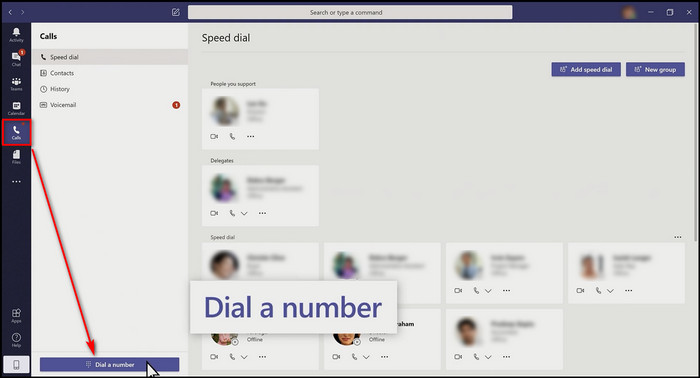
- Put the number you want to call and select Call.
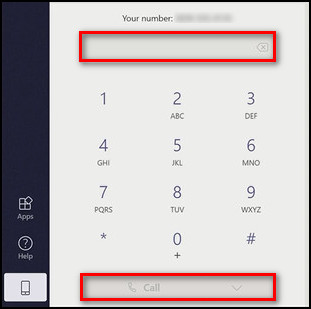
Using Contacts List
You can create contact lists on Teams, so you don’t have to dial the number every time you make a call.
You can add your most frequently contacted people to the Speed dial. Teams also let you create a New group of specific customers or coworkers for a particular project on speed dial. Go to Contacts to view them and call them from there.
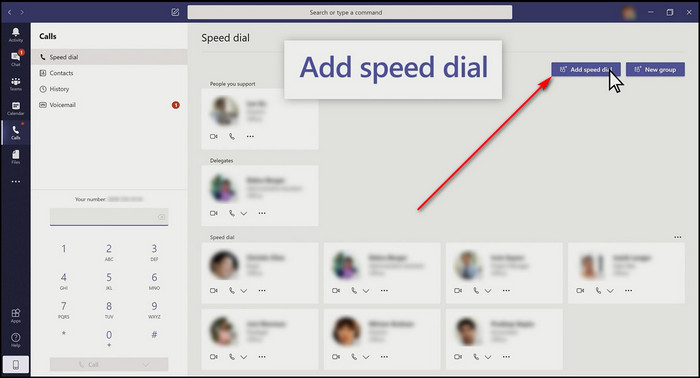
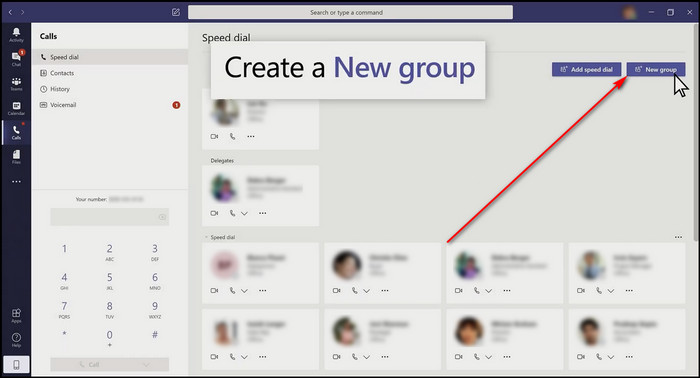
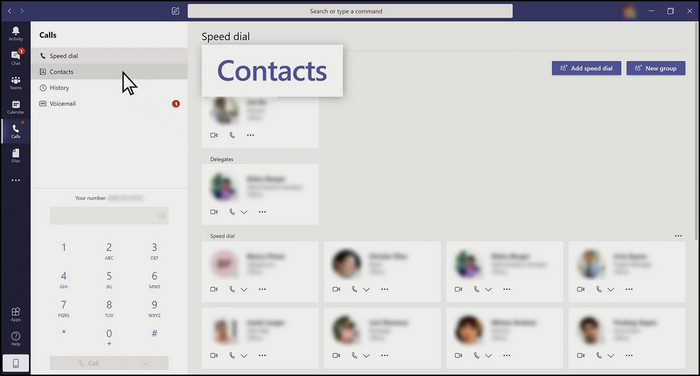
Using Call History
Go to History to see the incoming and outgoing calls, the call duration, and the date. 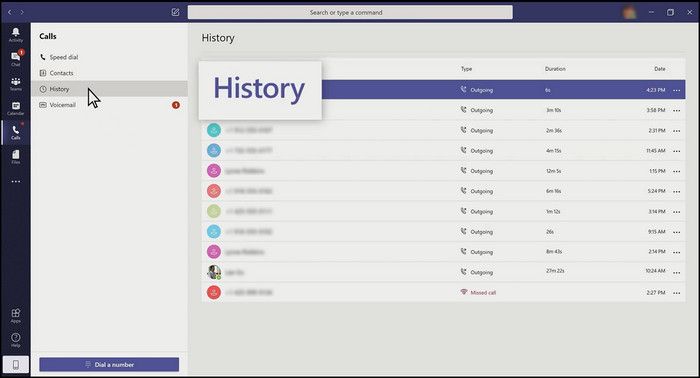
Using Voicemail
Select Voicemail to see who left you a message. Click on the voicemail to play it, or you can read the transcription. 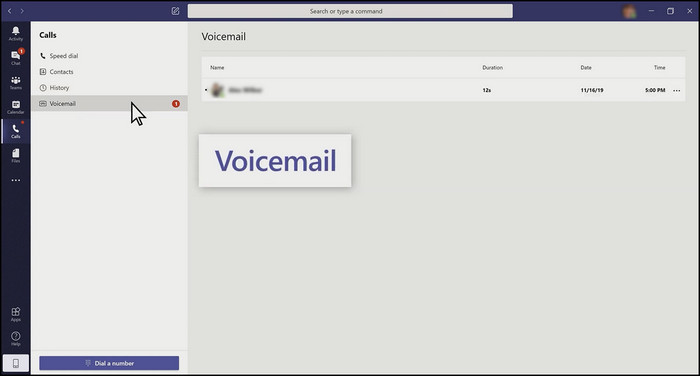
Check out our separate post on Teams: Disable All Chat Notifications During Meetings
How do I Enable Call on Microsoft Teams?
You can configure your Teams app using different add-ons that you need to purchase. One of them is the call add-on.
You cannot use the call feature on Teams unless you get the Teams Phone System license assigned. It’ll give you the core calling features without any infrastructure.
After getting the license, you must choose how to connect Teams to the telephony network. You can select either Direct Routing or Calling Plans.
For Direct Routing, you’ll need a Session Border Controller (SBC). It works as a bridge between the Microsoft phone system and the telephony system. 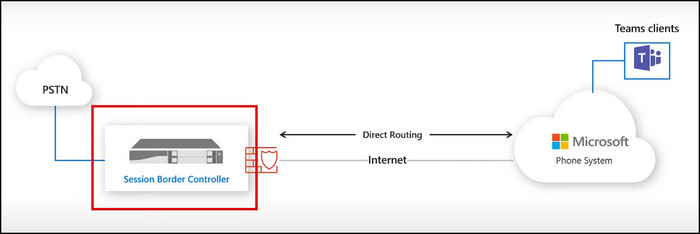
Here’s a list of Microsoft-certified SBCs. Some of these SBCs can provide phone functionality even if the internet connection goes out.
For Calling Plans, you don’t need any SBCs or other additional devices. It makes Microsoft your telephony provider; as a result, it connects Teams to the telephone system.
You need to pay a monthly subscription for the calling plan you use. You can choose your plan based on the necessary minutes and whether you are using the plan for national or international calls.
You can also purchase plans with direct routing and calling plans and have the best of both worlds.
After purchasing the license and getting your plan, you should now see the Calls tab on Microsoft Teams and be able to make and take calls without any issue.
Follow our guide to Fix Microsoft Teams Chat Messages Not Showing Up
Limitations & problems with the Call Feature on Teams
Maintaining all the features and the additional features thanks to add-ons is obviously tricky, and some features, such as the calling feature on Teams, can show some issues.
Here are the known problems with the call feature on Teams:
1. Calling Teams Users Doesn’t Ring Their Desk Phone
When you call a user through Teams using their 10-digit number, the call only rings on the recipients’ Teams app, not his desk phone or mobile. You also need to add the 4-digit extension number to ring the recipients’ phones.
2. Hold Doesn’t Work as it Should
A common problem with the Teams Calls feature is after you put someone on hold, you cannot resume the call. As a workaround, you can mute the caller; it works perfectly. But hold doesn’t work.
3. Call Sound Lags
Sometimes when you call someone through Teams, the audio delays. But Microsoft said that it’s not their fault and the delay might occur due to accidental interruptions or late responses.
4. Empty Voicemails
Sometimes you might receive silent voicemails from your contacts on Teams.
5. Unlimited Ringing
Unlike a regular call that goes to voicemail after ringing for some time when the recipient doesn’t pick up the call, on Teams, the call doesn’t go to voicemail. Instead, it keeps ringing until either the recipient answers the call or the caller hangs up the call.
Also, check out our separate post on how to fix Microsoft Teams you can’t send messages error.
FAQs
Are my phone conversations in Teams recorded?
No. Your phone conversations are not recorded in Teams.
What phone number will appear when I call someone from my Teams phone number?
When you call someone from your Teams phone number, he will see the number you have above your dial pad (when you click on Calls > Dial a Number).
How do I record a voicemail greeting?
To configure voicemail, click on the 3 dots beside your profile and go to Settings > Calls > Configure Voicemail.
Final Thoughts
What makes Microsoft Teams so incredible is that we can configure it as we like through add-ons. We can add the functionalities we need and remove those we don’t need.
But adding an add-on such as the call feature to Teams can be complicated, which I’ve made easy in this article.
Here, I’ve explained what you need to do to make calls using Teams, what problems you could face while calling, and their solutions.
Let me know if you have any questions regarding Teams or other apps.
See you in the comment section.



